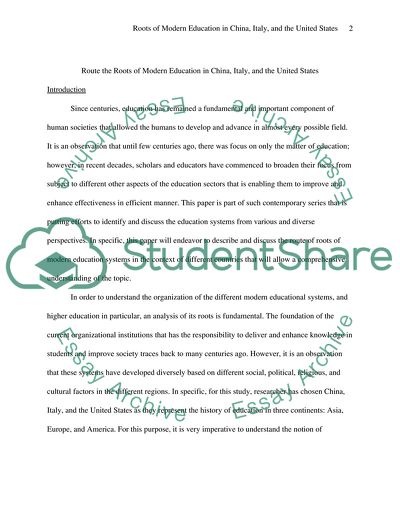Cite this document
(Roots of Modern Education in China Italy and the United States Research Paper, n.d.)
Roots of Modern Education in China Italy and the United States Research Paper. Retrieved from https://studentshare.org/education/1732821-history-and-philosophy-of-higher-education
Roots of Modern Education in China Italy and the United States Research Paper. Retrieved from https://studentshare.org/education/1732821-history-and-philosophy-of-higher-education
(Roots of Modern Education in China Italy and the United States Research Paper)
Roots of Modern Education in China Italy and the United States Research Paper. https://studentshare.org/education/1732821-history-and-philosophy-of-higher-education.
Roots of Modern Education in China Italy and the United States Research Paper. https://studentshare.org/education/1732821-history-and-philosophy-of-higher-education.
“Roots of Modern Education in China Italy and the United States Research Paper”, n.d. https://studentshare.org/education/1732821-history-and-philosophy-of-higher-education.


